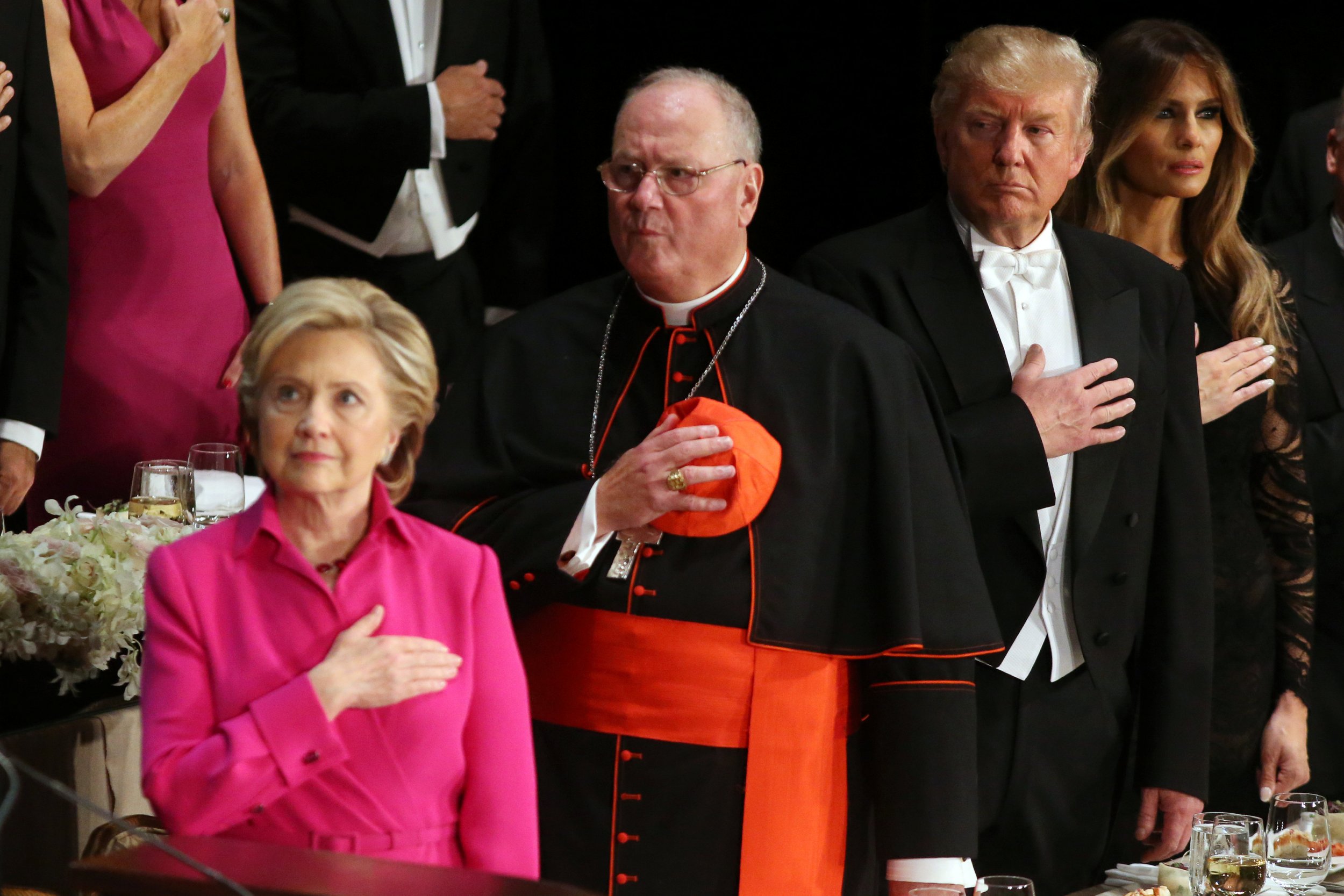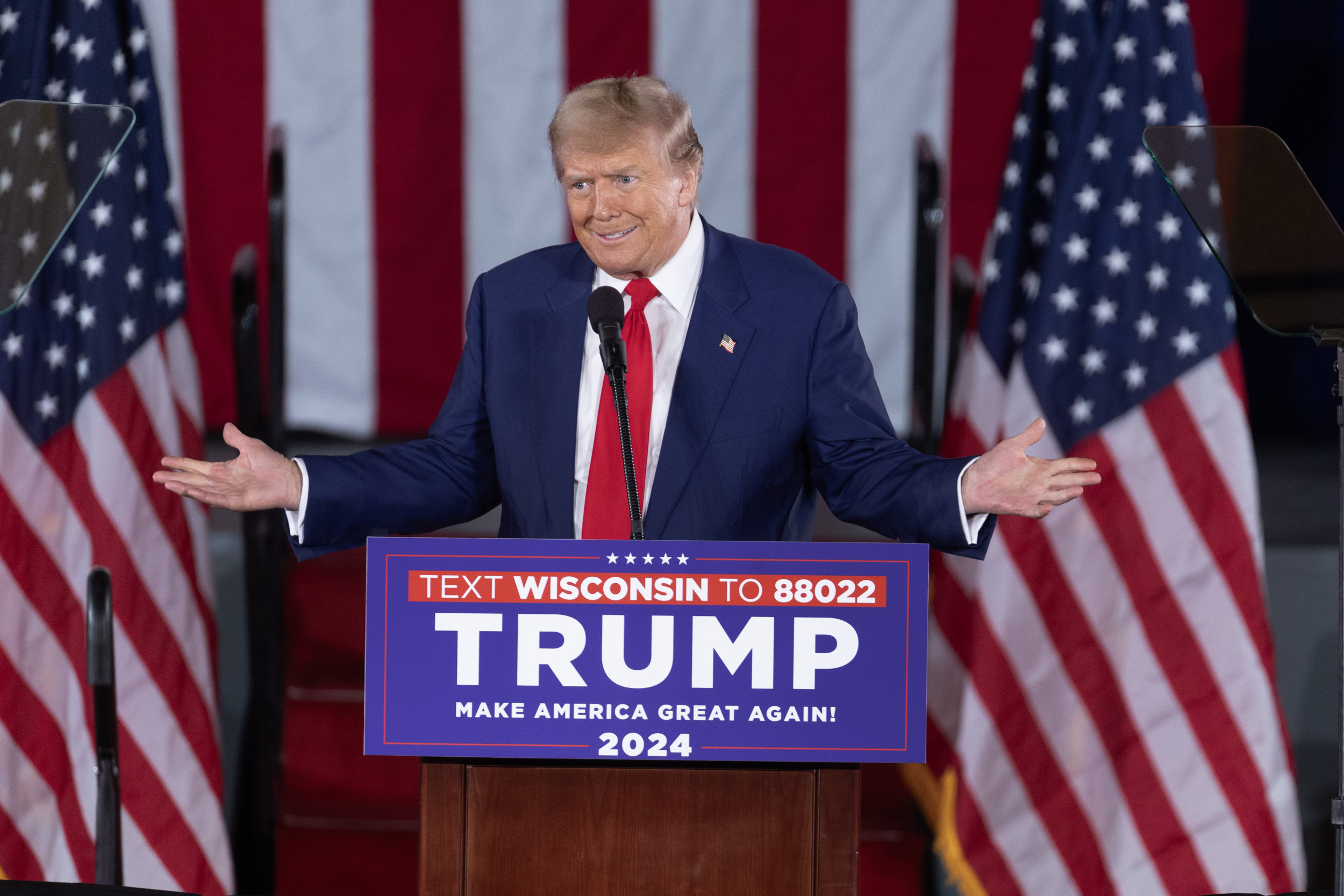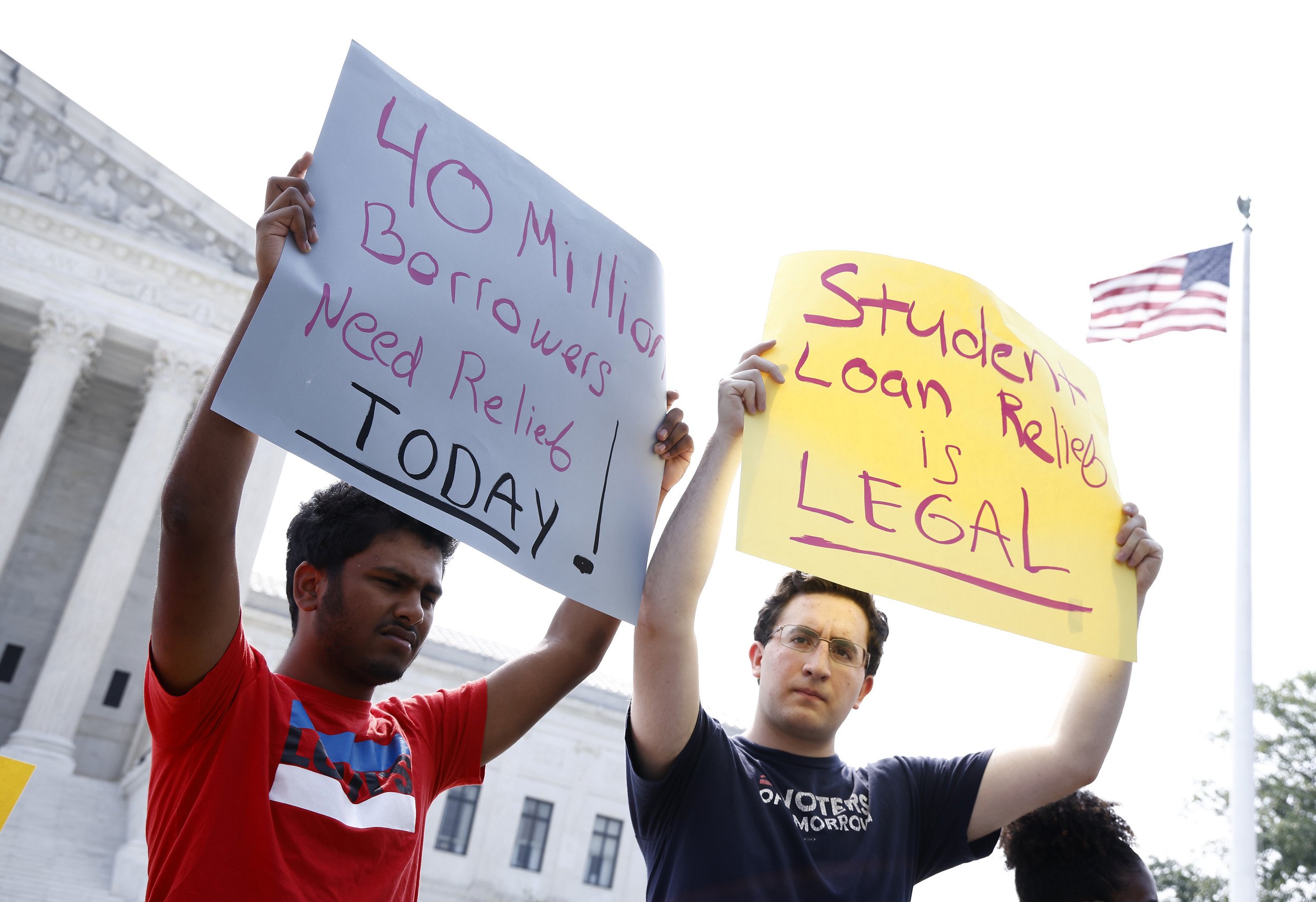
This article originally appeared on the Motley Fool.
The rancor of the presidential election season hides one interesting fact: Hillary Clinton and Donald Trump don't disagree on everything.
But one thing is for certain: These two candidates couldn't be more opposite when it comes to policy ideas. Clinton's policies generally revolve around taxing the wealthy at a higher rate and expanding opportunities for lower-income individuals, women and teachers. Trump's policies call for substantive individual and corporate income-tax cuts, along with military investment and healthcare reforms. But if you really dig below the surface into the policy proposals of each candidate, Clinton and Trump share five similarities:
1. Both want to reform carried interest taxation
Let's be crystal clear: Clinton's and Trump's tax policies are as different as night and day.
Hillary Clinton wants to add a surtax to earned income over $5 million, institute the Buffett Rule so people making more than $1 million in earned income pay at least a 30 percent tax rate, and raise the Social Security payroll tax cap so that earned income over $250,000 gets taxed at 12.4 percent.
Donald Trump aims to simplify and reduce the current progressive ordinary tax brackets from seven tiers to just three in an effort to lower tax rates across the board. He'd also more than halve the corporate income tax rate to 15 percent from 35 percent and provide a special tax rate of 10 percent to entice the corporate repatriation of overseas profits.
However, both Clinton and Trump plan to get tougher on the taxation of carried interest. With carried interest, a portion of the profits from a private equity fund are passed to its general partners, which in turn pass these profits onto investment fund managers who provide services to the private equity fund. Instead of this profit being taxed as ordinary income, managers get away with paying long-term capital gains tax rates. Thus, instead of 39.6 percent ordinary income tax rates, some managers are paying just 20%, plus the 3.8% net investment income tax. Both Clinton and Trump plan to close this loophole and tax carried interest at a higher rate.
2. Both believe healthcare costs too much and want to fix it
Clinton and Trump have vastly different views on the future of the Affordable Care Act (more commonly known as Obamacare), with Clinton aiming to build on its success and Trump targeting a full repeal of the law. But neither candidate denies that healthcare in the U.S. costs too much, and each has a plan to fix it.
One fix that both candidates agree on is allowing Medicare to negotiate its own drug prices, a practice that's currently banned. Because Medicare is unable to negotiate with drugmakers, it's paying a considerably higher price for drugs than Medicaid, which can negotiate on its own behalf.
Beyond this fix, Clinton and Trump have divergent paths.
Clinton has proposed ideas such as shortening drug patent protection periods to bring generic drugs to market quicker, limiting out-of-pocket expenses for consumers on a monthly basis for select drugs, expanding Medicaid in the 19 states that haven't already done so, and creating a federal task force to ensure that drugmakers aren't irresponsibly raising the price of their products.
As for Trump, his seven-point plan includes allowing consumers to buy health insurance across state lines, block-granting Medicaid to the state, encouraging the use of Health Savings Accounts, and breaking down the barriers to entry so Americans can buy drugs overseas.
3. Both want to spend big bucks on America's aging infrastructure
Historically, the Republican Party tends to want to cut or very modestly grow infrastructure spending, while the Democratic Party is looking to expand spending at a faster pace. Based on the campaign promises of both Clinton and Trump, they're on the same page when it comes to infrastructure spending. America's infrastructure is badly aging, and the current low-interest rate environment presents as good a time as any to undertake some of these necessary repairs.
Clinton's plan involves spending $275 billion over the next five years and creating a national infrastructure bank to help fund larger-scale projects. Clinton's campaign website makes more specific mentions of modernizing airports, repairing roads and bridges, and updating certain levees, dams, wastewater systems, and energy infrastructure in the coming years.
In an ironic twist, Trump's infrastructure proposal dwarfs Clinton's with his call for "at least double" what Clinton is spending. Having previously thrown around a figure as high as $1 trillion, Trump aims to rebuild America's bridges and roads. Trump's desire to top Clinton in infrastructure spending should surprise no one, considering his history of using debt to finance construction projects and his background in real estate.
4. Both suggest withdrawing from the Trans-Pacific Partnership
It's not surprising, considering the differing policy proposals Clinton and Trump have put forth, that they generally don't agree on U.S. trade policies. But one area they do agree is that the U.S. shouldn't participate in the Trans-Pacific Partnership (TPP), which is a currently unratified trade agreement between 12 countries. These include most Asian Pacific Rim countries except for China, as well as the U.S., Canada and Mexico.
The purpose of the TPP is to promote economic ties between countries (i.e., further globalization efforts) by reducing tariffs and encouraging trade. However, the TPP also pits economic labor forces against one another, which could wind up costing the U.S. jobs since it has a more expensive labor force than most of Asia, and more importantly, it could encourage retaliatory trade action from China, which is not part of the TPP.
Though Clinton and Trump would approach U.S. trade deals from markedly different angles, they both agree that the TPP is not the answer.
5. Both candidates want to invest heavily in education
Lastly, while Clinton's and Trump's plans of action differ, both presidential candidates believe that investing in education is important. For example, they both also support expanding charter schools, which are publicly funded but privately run, across the country.
Clinton's education plan has called for debt-free tuition for families making less than $125,000 a year, as well as proposals that call for early educators to earn more. Clinton's campaign website also suggests that preschool should be universal.
Trump's education plan calls for $20 billion in federal vouchers to be set aside to allow low-income students to select a school of their choice. Trump suggests on his campaign website that if an additional $110 billion were generated from the states, 11 million poverty-level K-12 students today would have $12,000 provided in school choice funds.
Again, these two candidates may not agree on how best to fund education, but both have a belief that more money needs to be funneled into improving the current education system.
The $15,834 Social Security bonus most retirees completely overlook
If you're like most Americans, you're a few years (or more) behind on your retirement savings. But a handful of little-known "Social Security secrets" could help ensure a boost in your retirement income. For example: one easy trick could pay you as much as $15,834 more... each year! Once you learn how to maximize your Social Security benefits, we think you could retire confidently with the peace of mind we're all after. Simply click here to discover how to learn more about these strategies.
Uncommon Knowledge
Newsweek is committed to challenging conventional wisdom and finding connections in the search for common ground.
Newsweek is committed to challenging conventional wisdom and finding connections in the search for common ground.
About the writer
To read how Newsweek uses AI as a newsroom tool, Click here.






